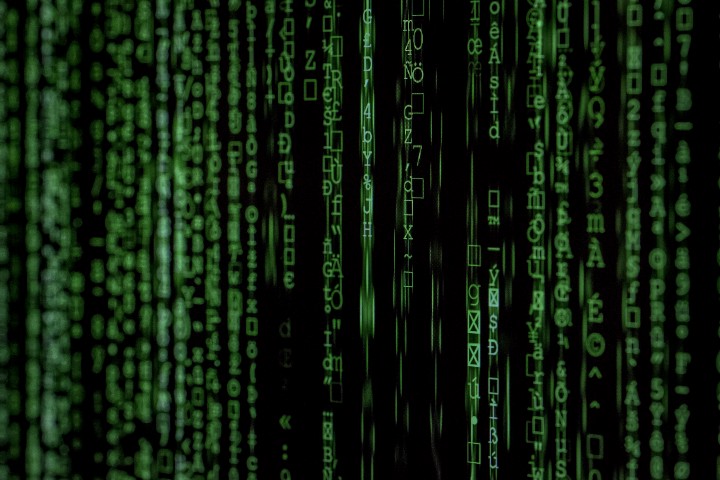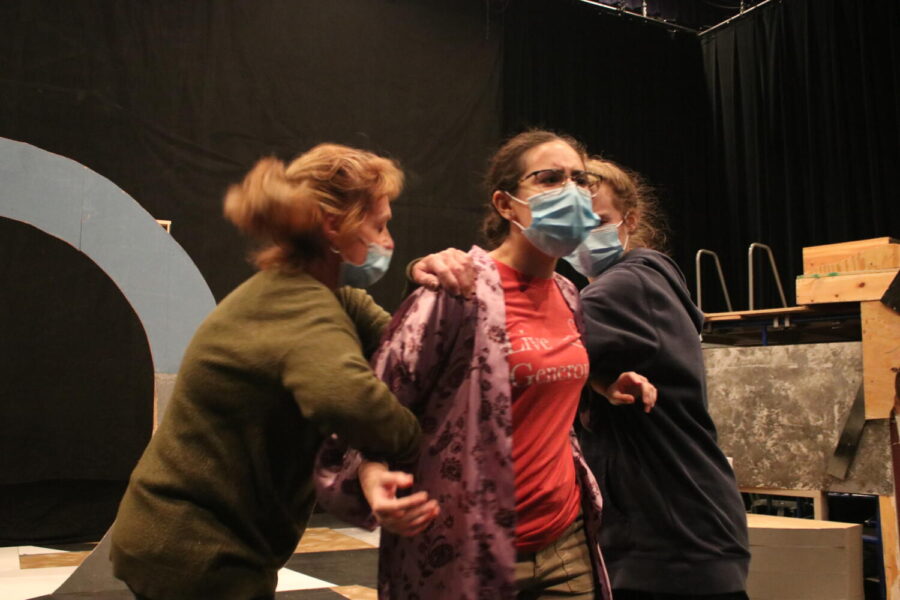When Charles Babbage conceived the idea of developing a mechanical calculating machine, little did he envisage a future with complex technical advancements that could give rise to cyberspace. After Charles’s discovery, other notable scientists emerged, who also made significant discoveries until John Vincent Atanasoff developed the first digital computer in the 1940s.
The successful launch of the internet cannot be attributed to a particular scientist as it was a gradual process, with each scientist making vital contributions that eventually became a grand plan. As the technological world advances, cyberspace becomes a space concern. Phone Phreaks did not target the first hacking case at the computer system; instead, it was a phone hack. When phones came into existence, they attracted the interest of ‘Phone phreaks’—individuals fascinated by the phone’s mode of operation. They maneuvered phone operations to enable free calls and reduced charges for long-distance calls. Even though phone phreaking was only applicable to phone operations, it gave foundation to system hacking.
The first cybercriminal arrested and jailed was Kevin Mitnick in 1979. He hacked into the ARK — a complex system used for developing operating systems. When hacking started on computers, it wasn’t a big deal because it was just a form of experimentation trying to solve invented problems. However, another event in the history of cyber security was the invitation of students from the International Business Machine Corporation (IBM) to try out new computer models. The students studied the functionalities of the computer and gained insight into its vulnerabilities. This was when the students discovered that computers required security measures to prevent hackers’ invasion.
The first computer interconnection happened in the 1960s with the Advanced Research Project Agency Network (ARPANET) project. ARPANET was developed by Bob Thomas and funded by the US Department of Defense, allowing multiple computers to communicate on a single network. Although the project ARPANET was successful, the success was short-lived because a man called Ray Tomlison built a counter project called Reaper. Reaper is a self-replicating computer worm that disrupts ARPANET Operation. The project ARPANET was continuously developed alongside other aspects of cyberspace.
The internet became more popular when Tim Berners-Lee developed the world wide web. Meanwhile, the world wide web should not be confused with the actual internet. The world wide web made internet usage more appealing and popular as it made it easier to access online data.
After the creeper and reaper saga, computer operations continued to develop, relying heavily on phone connectivity. This increased computer vulnerabilities, necessitating the government to look at security measures to reduce the increasing security threat in cyberspace. The electronic systems division of the US Air Force Command started working on security projects. Other organizations also looked at alternative measures.
The government also took advantage of the development of technology by employing it in warfare. They hacked the opposition’s defense system and secured vital information that could help them win the war. An example of such was when a hacker from Germany infiltrated the government’s system and was able to access about 400 military computers, extract vital information, and plan to sell it to the KBG. Because of rising attacks on public and private systems, cyber security has become an indispensable part of cyberspace that should not be overlooked.
As computer usage became widespread in both offices and at home, so did the security threats that increased daily. Many processes were implemented as part of cyberspace protection, such as multi-factor authentication, social engineering multi-vector attacks, and web application firewalls. In addition, as the cybersecurity field grows, so do artificial intelligence and machine learning because they are critical factors in cyberspace.

















